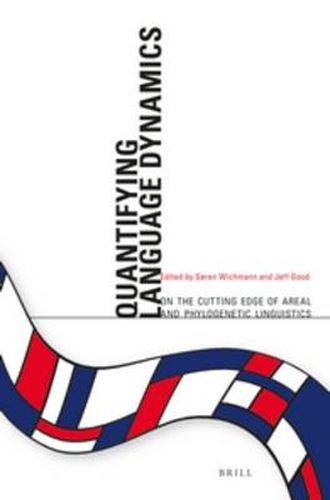Readings Newsletter
Become a Readings Member to make your shopping experience even easier.
Sign in or sign up for free!
You’re not far away from qualifying for FREE standard shipping within Australia
You’ve qualified for FREE standard shipping within Australia
The cart is loading…






Quantifying Language Dynamics: On the Cutting Edge of Areal and Phylogenetic Linguistics contains specially-selected papers introducing new, quantitative methodologies for understanding language interaction and evolution. It draws upon data from the phonologies, morphologies, numeral systems, constituent orders, case systems, and lexicons of the world’s languages, bringing large datasets and sophisticated statistical techniques to bear on fundamental questions such as: how to identify and account for areal distributions, when language contact leads to grammatical simplification, whether patterns of morphological borrowing can be predicted, how to deal with contact within phylogenetic models, and what new techniques are most effective for classification of the world’s languages. The book is relevant for students and scholars in general linguistics, typology, and historical and comparative linguistics.
$9.00 standard shipping within Australia
FREE standard shipping within Australia for orders over $100.00
Express & International shipping calculated at checkout
Quantifying Language Dynamics: On the Cutting Edge of Areal and Phylogenetic Linguistics contains specially-selected papers introducing new, quantitative methodologies for understanding language interaction and evolution. It draws upon data from the phonologies, morphologies, numeral systems, constituent orders, case systems, and lexicons of the world’s languages, bringing large datasets and sophisticated statistical techniques to bear on fundamental questions such as: how to identify and account for areal distributions, when language contact leads to grammatical simplification, whether patterns of morphological borrowing can be predicted, how to deal with contact within phylogenetic models, and what new techniques are most effective for classification of the world’s languages. The book is relevant for students and scholars in general linguistics, typology, and historical and comparative linguistics.